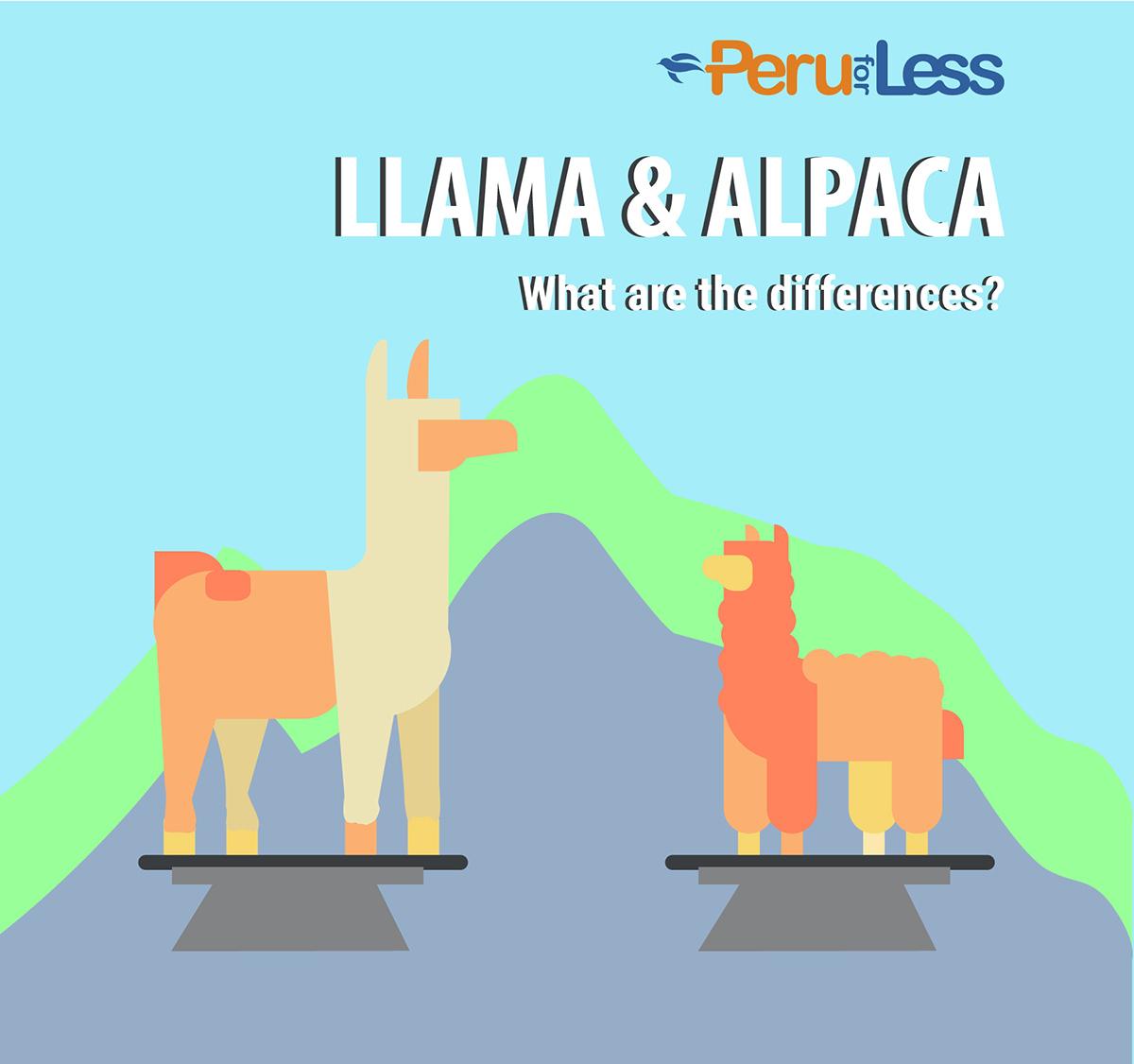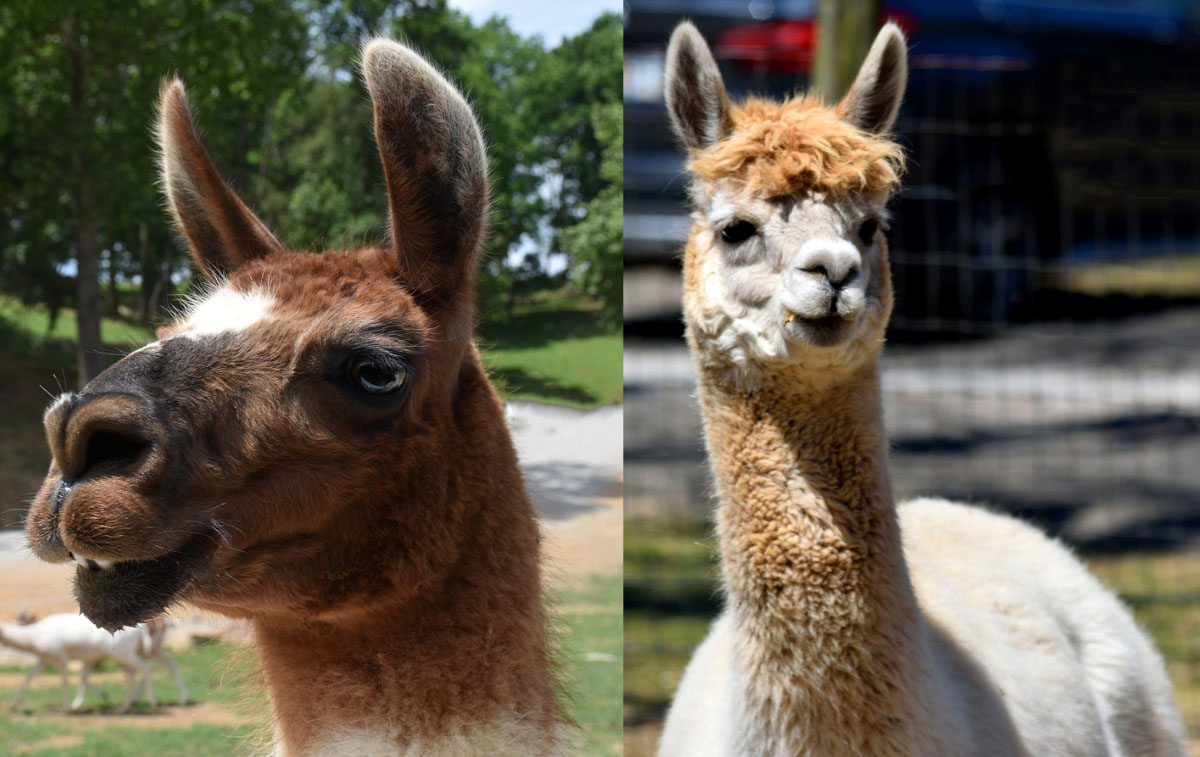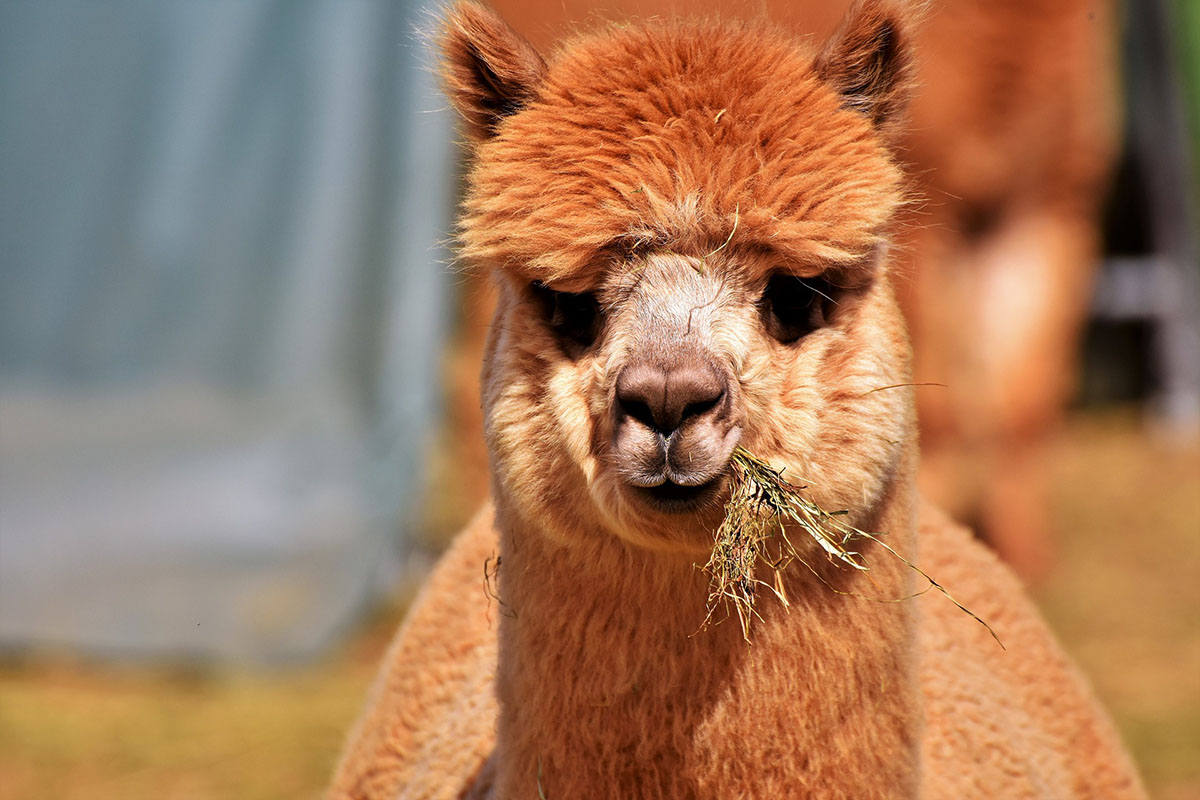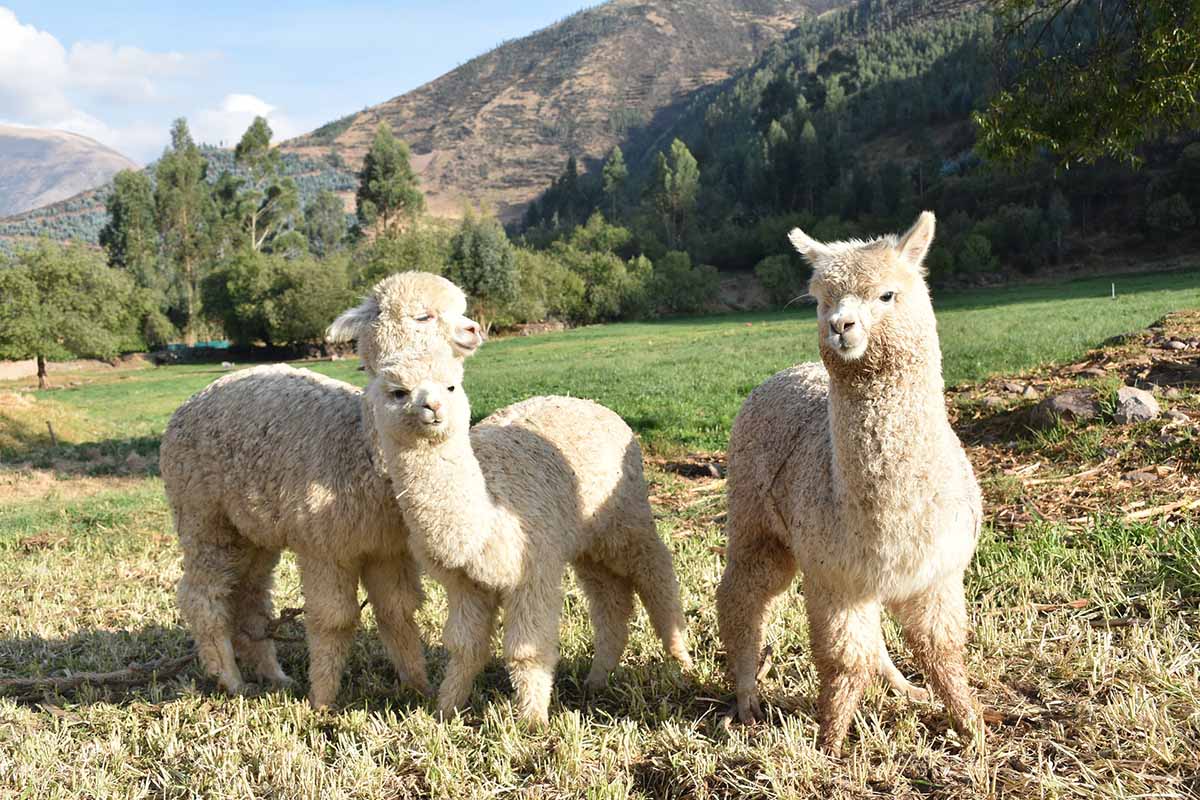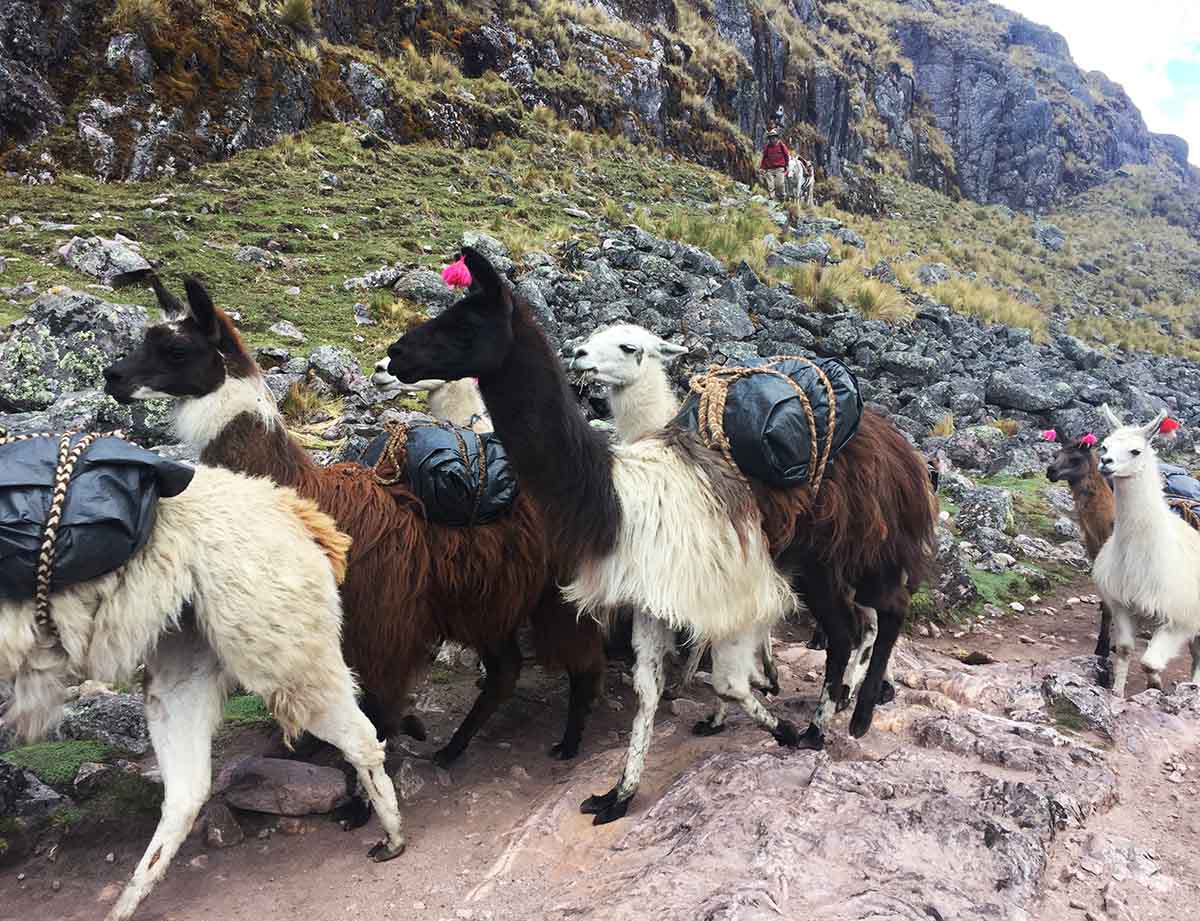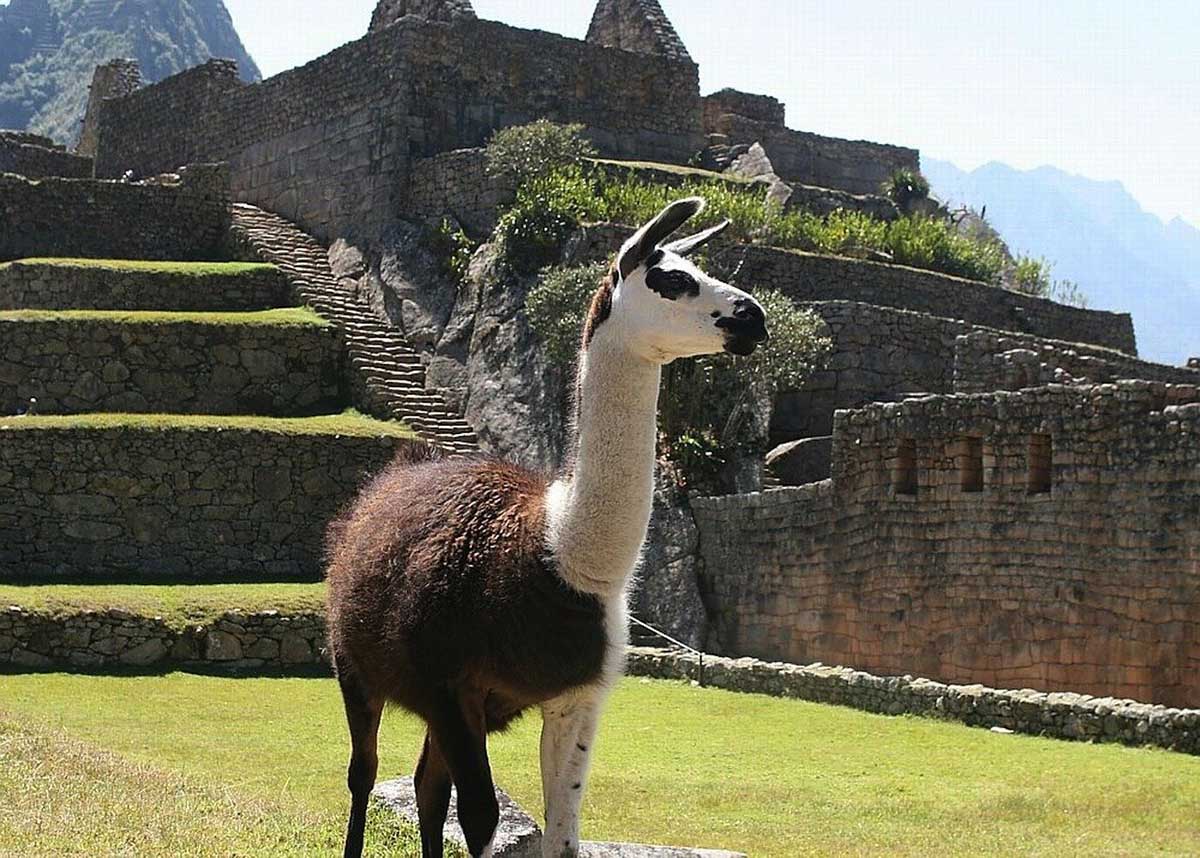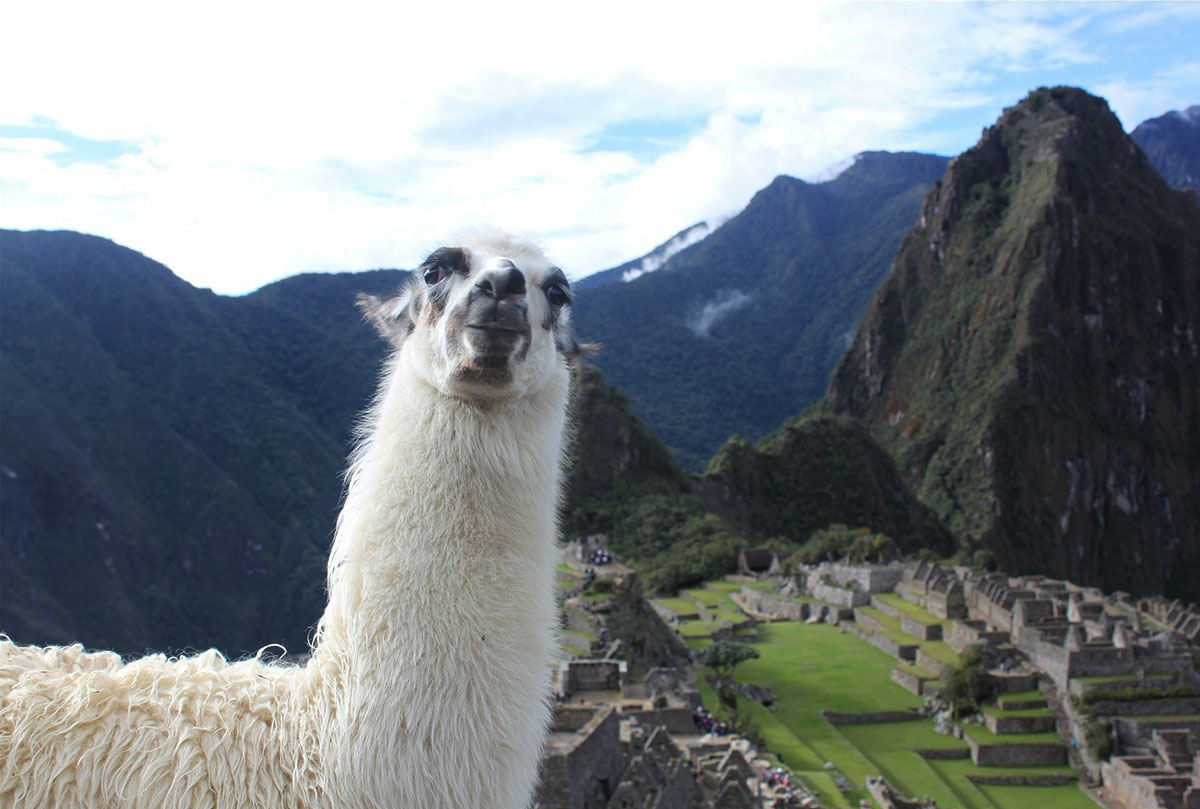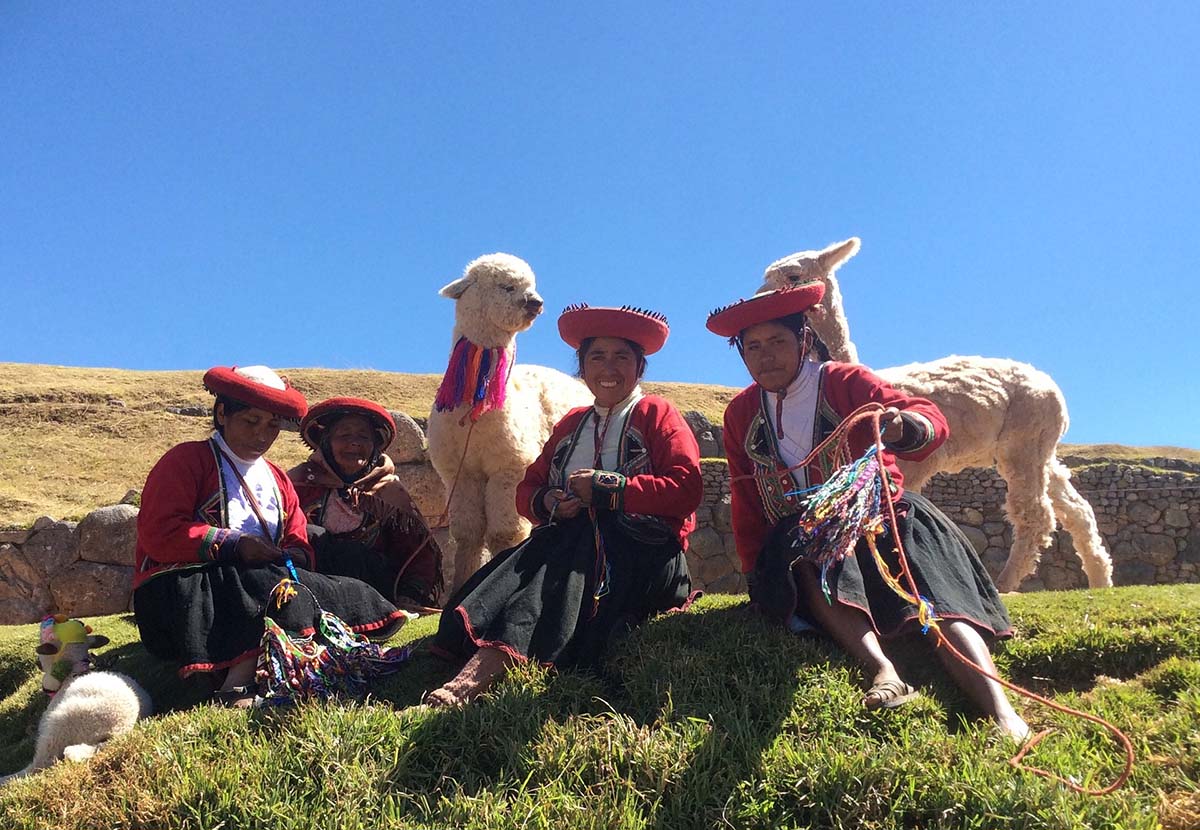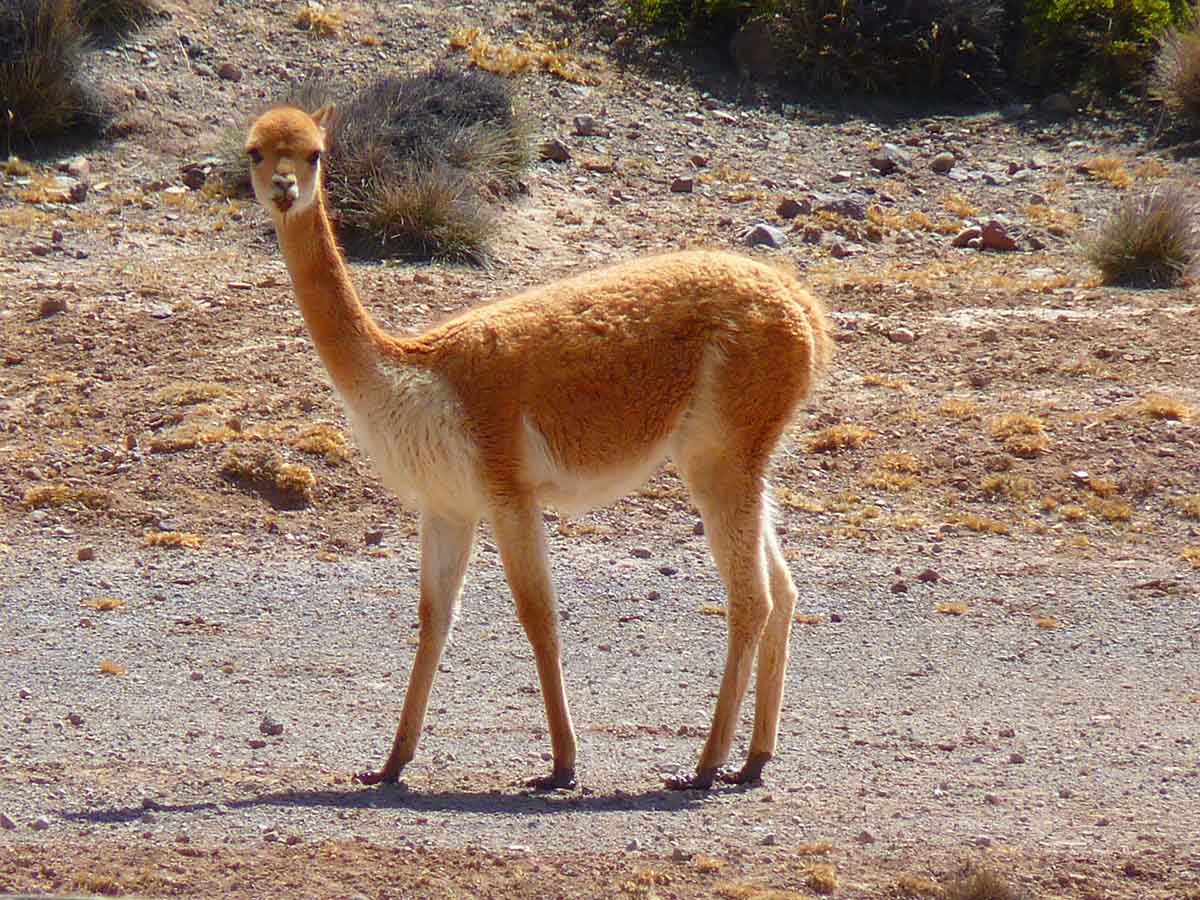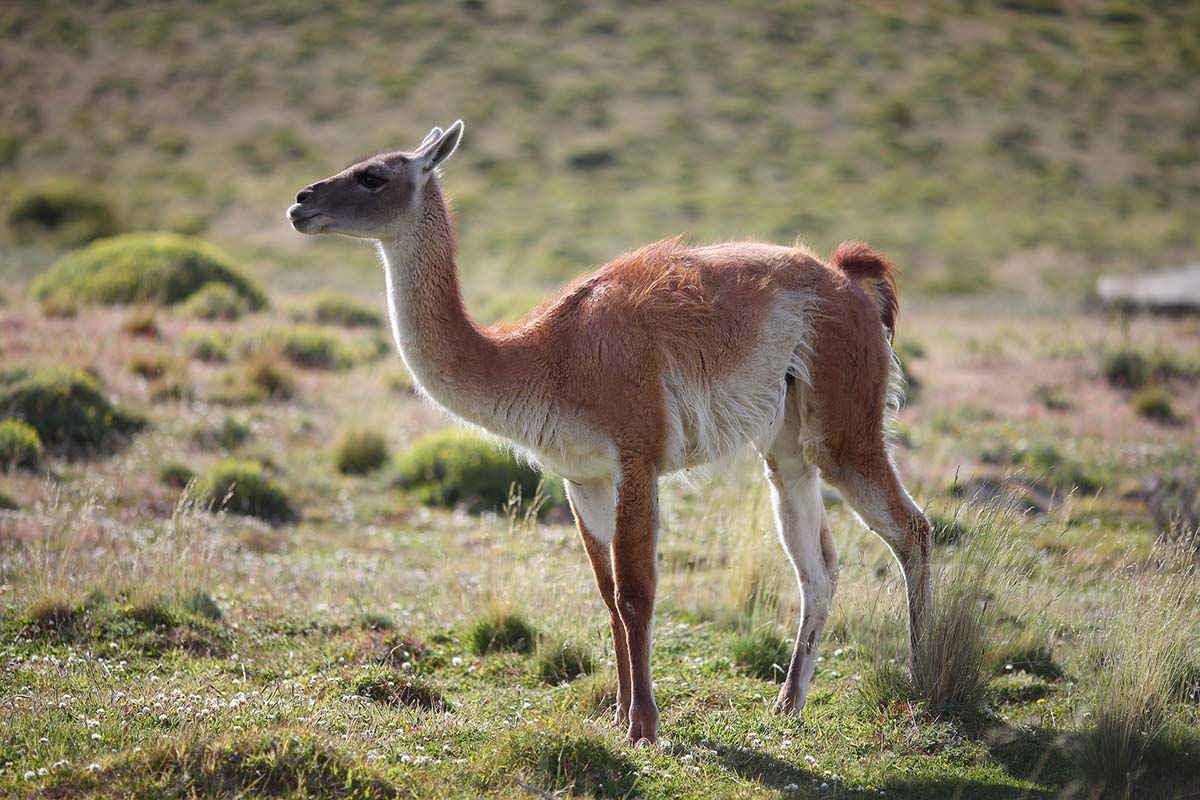While alpacas and llamas are the most common camelids in Peru and across the Andes, two others live in this area as well. The vicuña and guanaco are the wild counterparts of the alpaca and llama respectively.
Vicuñas
Exclusive to the central Andes, vicuñas, the wild counterpart to the alpaca, are also an important animal in Peru. The unofficial Peruvian national animal, they even make an appearance on the Peruvian coat of arms! Commonly spotted in the Salinas and Aguada Blanca National Reserve between Arequipa and Colca Canyon, many travelers will get a chance to see this animal while visiting Peru. Additionally, vicuña wool is considered one of the finest in the world. Although expensive, vicuña textiles make lovely souvenirs from Peru.
Guanacos
Guanacos, the wild counterpart to the llama, live in the altiplano, or high plains, of the Andes and in Patagonia. While they appear similar to the llama, they tend to be smaller with specific coloration. Gray faces, white bellies, and light brown or rusty red wool coats can help you spot a guanaco. For the best chance of spotting them, head to Argentinean Patagonia.
Now that you know the difference between llama and alpaca, it’s time to see them for yourself in the Andes! Are you ready to strike a pose with a llama at Machu Picchu? Contact us for a customized itinerary to Peru.


